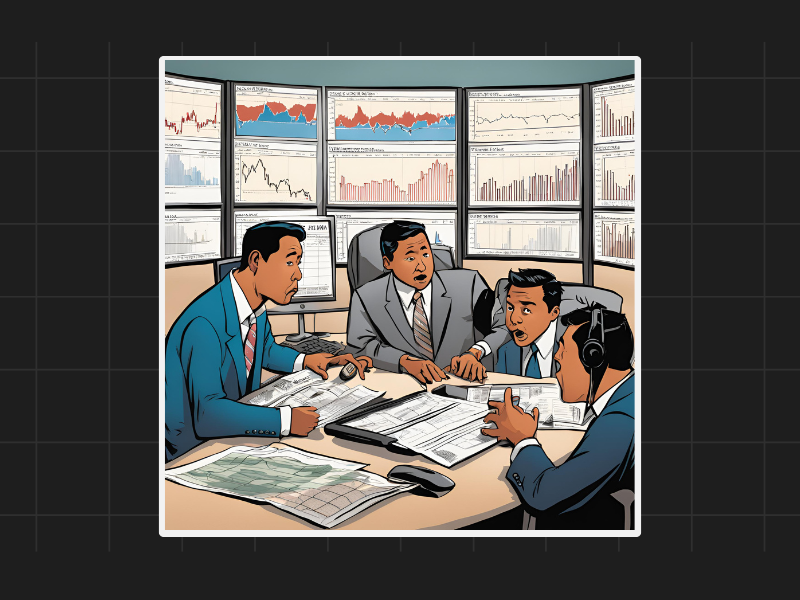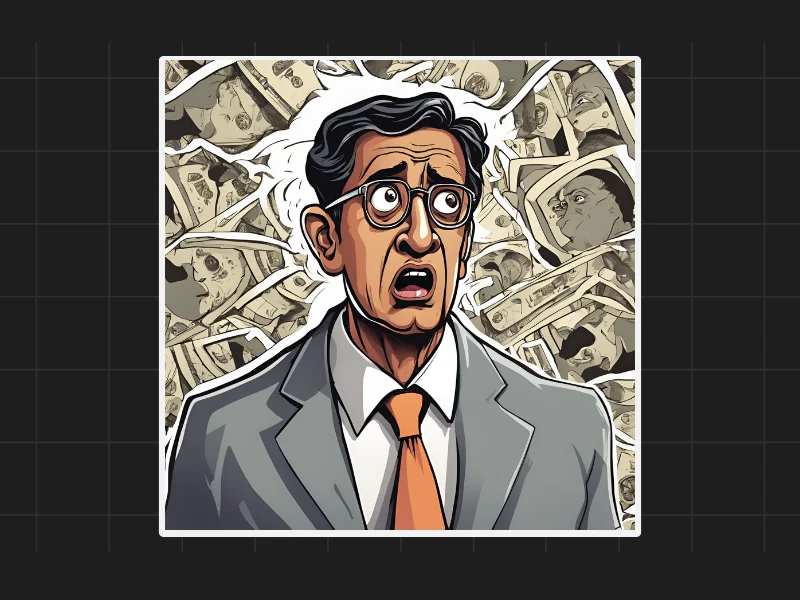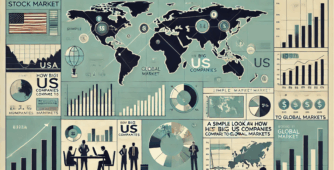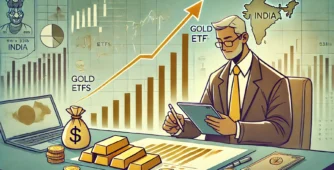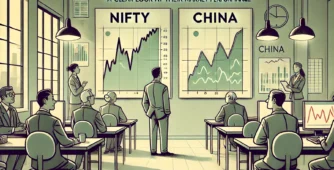Understanding the Federal Funds Rate and Market Crashes
The relationship between the Federal Funds Rate and the stock market is something that many investors watch closely. Over the years, there has been a clear pattern where changes in this rate, especially downward movements, have often coincided with sharp declines in the stock market. The Federal Funds Rate, represented by a blue line in data charts, has shown periods of being very low, then rising slightly, only to drop again. These drops have historically been linked to economic downturns and market crashes.
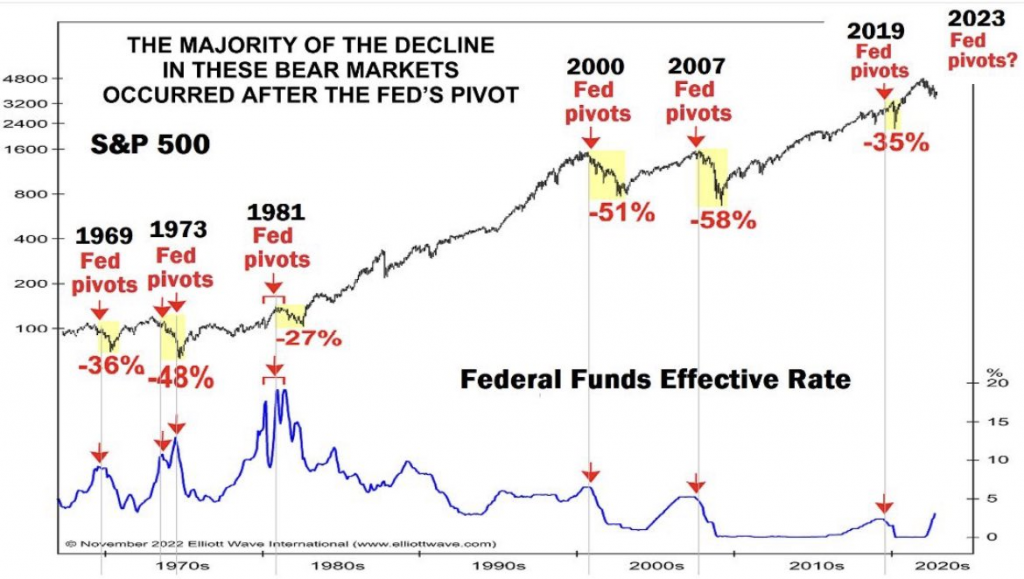
Historical Patterns: The 1970s to Early 2000s
Looking back at the 1970s, for example, a drop in the Federal Funds Rate was followed by a crash in the stock market. This pattern repeated in the late 1980s and again in the early 2000s. In the year 2000, after the Fed lowered the rates, the market crashed by 51%. This wasn’t just a one-time occurrence; it happened repeatedly over different decades. Each time, the Fed’s decision to cut rates signaled trouble in the economy, which in turn led to a sharp decline in the market.
The Global Financial Crisis and COVID-19
After the Global Financial Crisis (GFC) in 2008, the Fed again lowered interest rates, which led to a significant market drop of 58%. Similarly, during the COVID-19 pandemic, when the Fed cut rates, the market responded with a 35% decline. These instances show that when the Fed reduces rates, it is often in response to economic distress. The market, anticipating tough times ahead, reacts negatively, leading to sharp corrections.
Why Do Rate Cuts Lead to Market Crashes?
The connection between rate cuts and market crashes lies in the economic conditions that prompt the Federal Reserve to cut rates. When the Fed cuts rates, it usually means that the economy is slowing down, and the central bank is trying to stimulate growth. However, this also sends a signal to the market that things might be worse than they seem. Investors often interpret rate cuts as a sign that the economy is heading into a recession, which can lead to panic selling and a market downturn.
What to Expect in the Future ?
As we approach another potential rate cut cycle, there is a lot of speculation about how the market will respond. September might be the start of this new cycle, and if history is any guide, there could be a correction in the market. While no one can predict the future with certainty, the patterns observed in the past suggest that a rate cut might be followed by a downturn. However, it’s also possible that after an initial drop, the market could recover, depending on how the economy evolves.

Disclaimers and disclosures : https://tinyurl.com/2763eyaz
If you have any questions, please write to support@weekendinvesting.com

